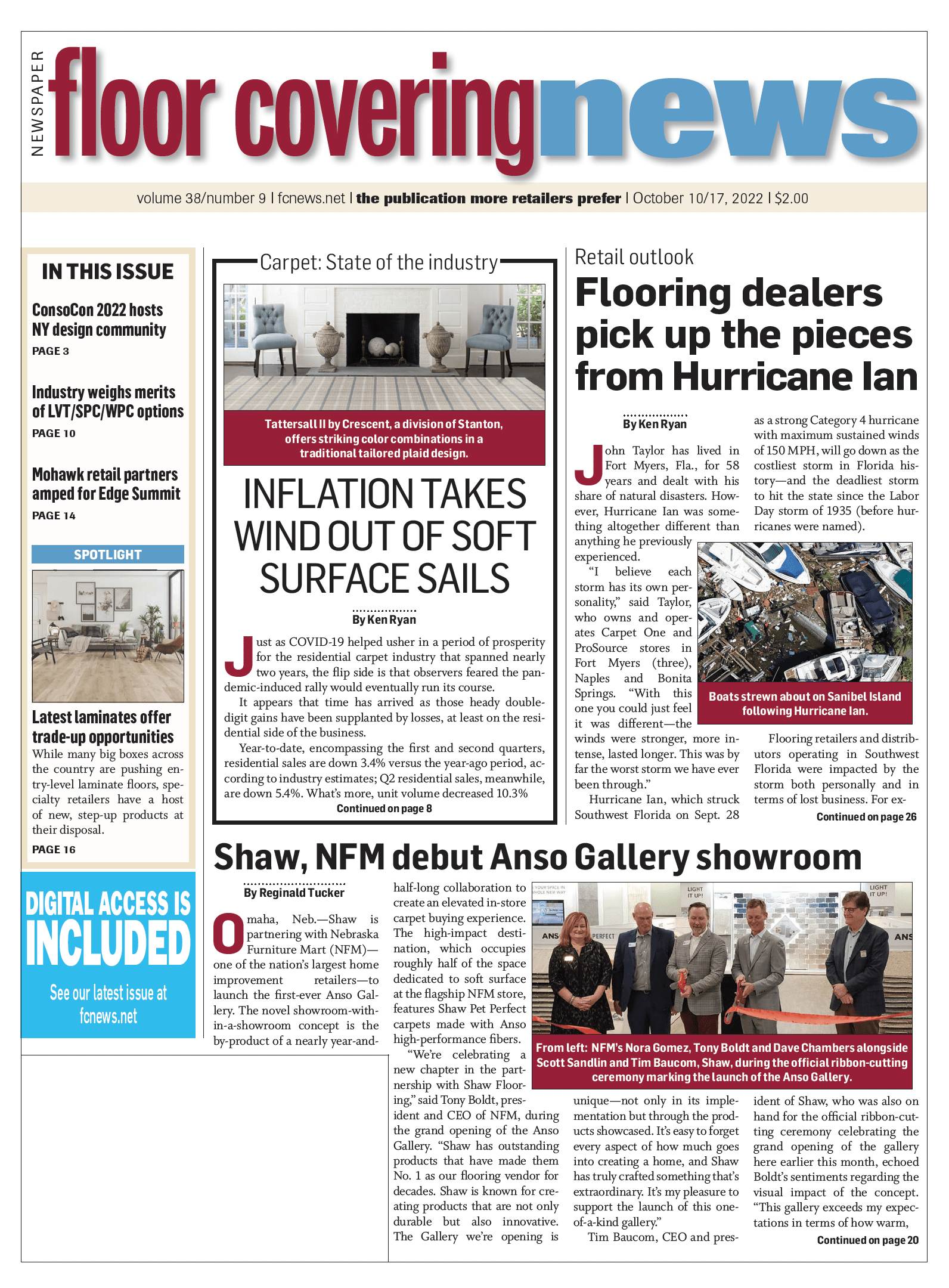
Recently I was shopping in a Nashville airport store where I found a handbag priced at $450 sitting next to a matching roller bag—three times as big—that was priced at $477. I asked the clerk why the smaller bag was priced so high, and she said it had more “bling” on it. She looked up the price, said it was correct and couldn’t give me any other reason other than: “It just is!”
Clearly, this isn’t the way to price merchandise. It would have been smarter to raise the price of the roller bag to make it more in line with the pricing of the bag. This fits with the idea of “value-based” pricing.
Unfortunately, most retailers work on what they call a standard markup: buy it for $5 and sell it for $10, if you can. The problem with this method is it leaves out the customer’s perception of the product. Savvy retailers know their customers and spend time buying products that are profitable and eliminate those that aren’t. If the customer is willing to pay more, why not ask for more? You don’t make money selling cheap; even the Dollar Store had to raise prices to stay in business.
This is called “demand pricing” and has three elements: value-based pricing, penetration pricing and skimming. Value-based pricing assumes customers will pay more for a product if they think it’s worth more. Toyota Motor Corporation makes Lexus, and many of the core components are interchangeable. The concept of value-based pricing is based on the customer’s perception and is designed to enhance the customer’s self-image.
If you want to use value pricing, you will have to have an upscale-looking showroom, products as well as salespeople. If you’re promoting a high-end image it’s all about how you speak to the customer, your policies and the look of your staff. This is how to promote prestigious products and exclusivity.
Penetration pricing is when you go to market with a cheaper product and undercut its value, starting off low. When we opened our stores, we undercut our competitors, making them look like they were priced too high. We could attract their customers and then eventually we raised our prices. We also stopped carrying the same products. This is a terrific way to enter a new market—steal your competitor’s customers and build loyalty.
Skim pricing, also known as price skimming, is a pricing strategy that sets new product prices high and subsequently lowers them as competitors enter the market. Skim pricing is the opposite of penetration pricing.
Then there’s yield management pricing, which entails setting prices depending on demand. For example, the longer you wait to buy an airline ticket, the more it costs.
How might specialty floor covering retailers leverage some of these principles? One way is you could raise your installation costs during the holidays or peak periods for people who want the work done immediately. Conversely, a flooring retailer could promote entry-level products (a.k.a “loss leaders”) as a means to drive greater in-store traffic, or one could consistently market higher-priced products to generate better margins and serve a more upscale clientele.
Which lane will you take?
Lisbeth Calandrino has been promoting retail strategies for the last 20 years. To have her speak at your business or to schedule a consultation, contact her at lcalandrino@nycap.rr.com.

